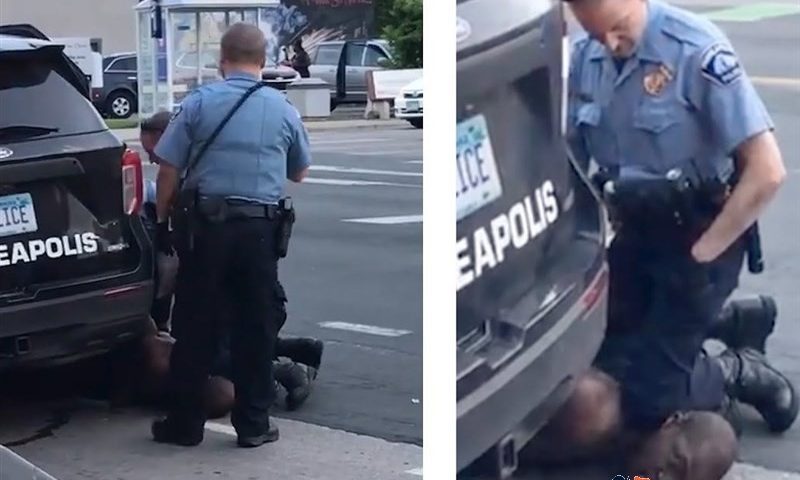- Top Quality Custom Essays
- +1 (628) 201-7932
- eprowriters01@gmail.com
Exclusionary Rule, Reasonable Suspicion and Probable Cause
Exclusionary Rule, Reasonable Suspicion and Probable Cause

Last updated on January 20th, 2025 at 05:39 am
Exclusionary Rule, Reasonable Suspicion and Probable Cause: NY. Officer Darren Jacob frisks Sean Carter and Richard Chilton
Facts of the case
On October 31, 2019, in New York, NY. Officer Darren Jacob was on duty in downtown Manhattan and noticed two men standing on a street corner. The streets were busy because it was Halloween night and a parade was being conducted. Numerous individuals continually walked up and down the street to view the festivities. According to Officer Jacob a concerned citizen told Officer Jacob that the two men seemed suspicious. The citizen told Officer Jacob that the men were troublesome and suspected of committing crimes in the community. Officer Jacob watched one of the men, Sean Carter, walk down the street, stop in front of a certain store, look through its window, then briefly continue on before turning around and returning to the original street corner, stopping to look in the store window again on his way back. The other man, Richard Chilton, then did the same route. Officer Jacob watched the pair repeat this routine about a dozen times, then a third man joined them and the three walked up the street together toward the store. Officer Jacob suspected that the men were “casing” the store in preparation for robbing it, so he followed and confronted them. He asked the men’s names. However, each refused to respond to the officer disobeying his reasonable commands. Officer Jacob was in a high crime area at the time and noticed that the men were nervous. Officer Jacob then patted down Sean Carter’s and Richard Chilton’s exterior clothing and discovered that they both had pistols in their jacket pockets.
After discovering the pistols, Officer Jacob arrested both men, and they were both charged with illegally carrying concealed weapons. At trial, Carter’s lawyer made a motion to suppress the evidence of the discovered pistol, arguing that the “frisk” by which Officer Jacob had discovered it was a violation of the Fourth Amendment, and so per the exclusionary rule the pistol should be excluded from evidence. The Court must decide whether the evidence should be suppressed.
Research and Topic
Research
- Research the law on Exclusionary Rule, Reasonable Suspicion and Probable Cause in the United States
- Review the Cases of Mapp v. Ohio and Terry v. Ohio discussed in your book.
Discussion Section
- After reviewing the cases DEFINE reasonable suspicion, probable cause and the exclusionary rule? What factors will a court look at to determine whether reasonable suspicion or probable cause are present? When is the exclusionary rule applicable to a matter? How did the courts define the concepts in the cases of Mapp v. Ohio and Terry v. Ohio.
Application of Concepts
- Discuss the 4th Amendment and its protections. Discuss the exclusionary rule and whether it would be applicable in the above-referenced matter. Did Officer Jacob violate the individuals 4th Amendment protections? Do you agree or disagree with the exclusionary rule? Why? Are there any ethical implications behind the law? What are they? Argue your position and offer reasons in support of or against it.
Conclusion
- Finally your conclusion should answer the following questions:
- How has this class increased your knowledge of the law?
- How has this project increased your knowledge of the relationship between the criminal justice system and the law?
- Whether Officer Jacob violated the individual’s rights.
Need help with this or similar assignment?
- Tell Us Your Requirements: Please provide us with the specifics of your paper so that we may do our best to personalize it. Select the discipline, word count, format, academic level, and other details on the order form.
- Connect with the Best Writer: Consult and collaborate with an expert and complete your paper on schedule.
- Monitor the progress: Control the work process by checking the completed parts of your document right away. You can easily submit your comments by chatting with your essay writer on our website.
- Download Your Paper: Get your paper written according to your specifications. It is important to note that you only pay for an essay when you are completely satisfied with the outcome. Please provide us your feedback about our collaboration.
About Us
Eprowriters.com is a custom essay writing service that has been providing academic support with great success for more than five years. We are constantly updating our objectives in order to improve the quality of service we deliver and increase client satisfaction. We’ve progressed to an original concept as a result of our success.


